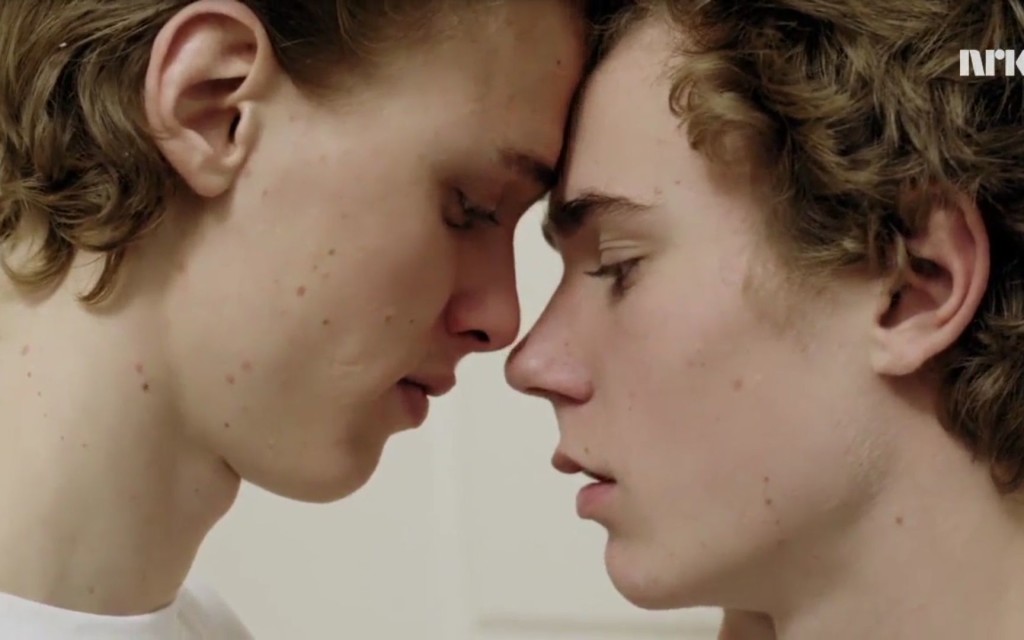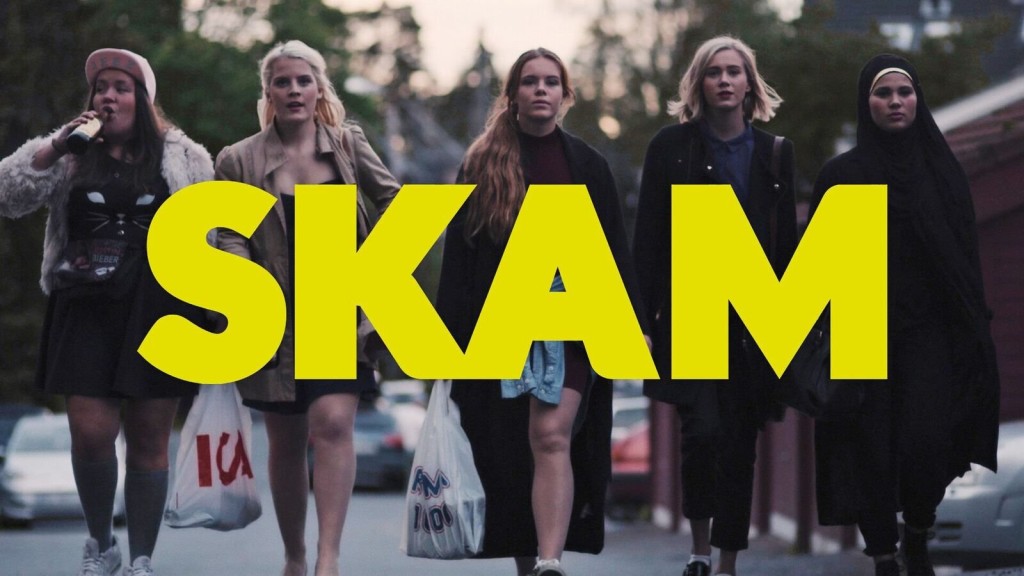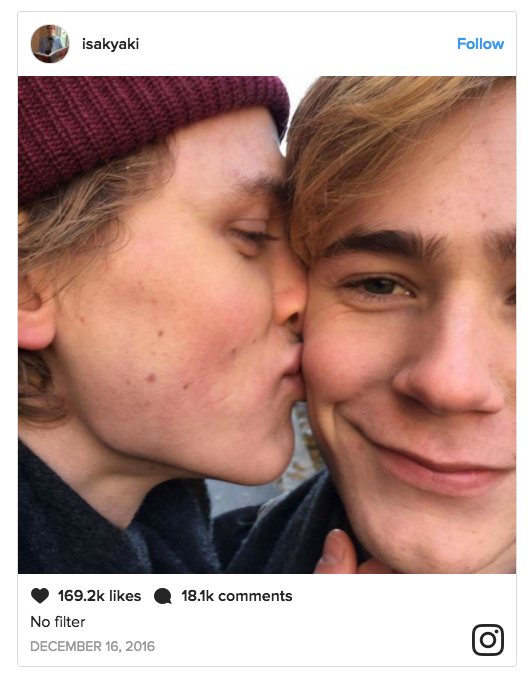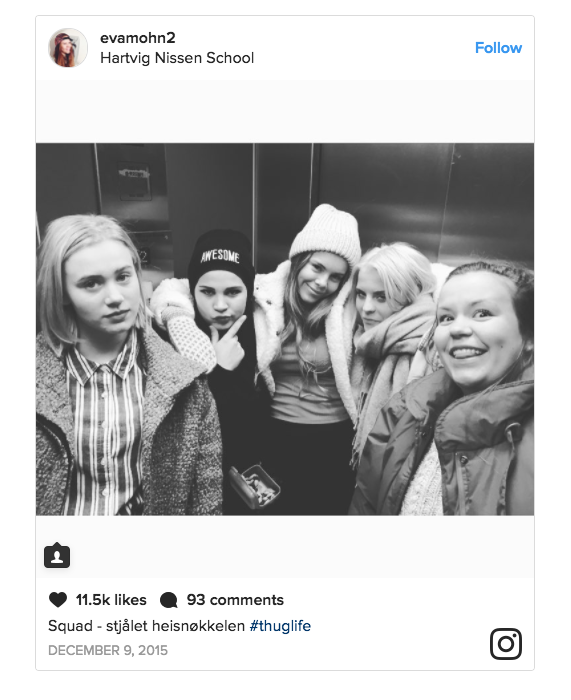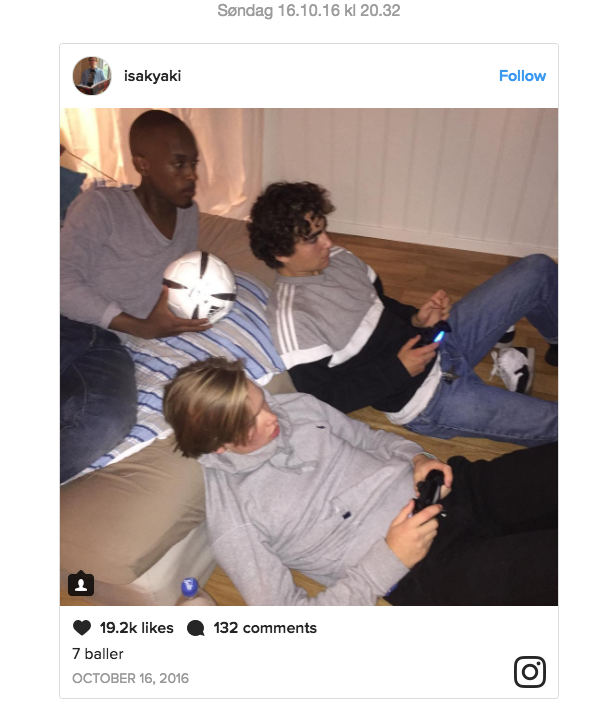È dal Nord-Europa che arriva Skam, la serie capace di raccontare le vite dei Millenials per come sono davvero, usando social, onestà e contenuti scomodi.
Skam, che in Norvegese significa “Vergogna”, raccoglie secondo molti l’eredità di Skins, la celebre serie del britannico Channel 4 che raccontava la vita di un gruppo di liceali inglesi e che in poco tempo avrebbe cambiato radicalmente il modo di mostrare i Millenials in TV.
Se con Skins per la prima volta erano stati spezzati gli stereotipi di perfezione ed estetica, ai quali anni di serie USA ci avevano abituati, Skam (inevitabile non notare l’assonanza tra i due titoli) fa dell’iperrealismo il perno della scommessa e -incorporando anche i social nel suo racconto- sceglie di entrare nelle vite del pubblico in modo mai sperimentato prima.
Ma di cosa parla Skam esattamente? Ogni stagione è raccontata mettendo al centro la vita di uno dei protagonisti, perciò riesce a toccare tematiche sempre diverse. Il protagonista dell’ultima stagione -la terza, andata in onda a Dicembre 2016- è Isak, che neanche maggiorenne, decide di andare a vivere da solo e scopre pulsioni gay dopo aver conosciuto Even, un compagno di scuola notoriamente etero, ad una festa.
Dall’incontro con Even, Isak inizia inconsapevolmente un cammino che lo porterà a scoprire non solo la propria identità sessuale, ma anche a confrontarsi con la malattia mentale, l’amore, l’amicizia, la religione. Se la serie parte con un certo aspetto da “soft-porno gay”, ci si rende presto conto che la telegenicità dei personaggi è solo un dettaglio, perché Skam “non fa prigionieri”, è asciutta e ritmata, non scende mai a compromessi, ne perde tempo in teatralità; tutto è più reale del reale.
Siamo di fronte ad un esperimento unico per tanti motivi: Skam nasce da un broadcaster televisivo, ma è trasmessa per la prima volta online prima che in TV, tatuandosi perciò la definizione di WebSerie. Ha inoltre la particolarità di essere “costruita” settimanalmente, il Venerdì è il giorno di messa in onda e gli episodi vengono dall’unione dei video postati online dai suoi stessi personaggi nel corso della settimana.
Isak e gli altri protagonisti hanno, infatti, account Twitter, Instagram e Facebook che usano nel mondo reale proprio come persone in carne ed ossa. L’immedesimazione è tale che porta centinaia di migliaia di ragazze e ragazzi a seguirli e ad interagire con loro. Così i personaggi chattano e si scambiano messaggi sui social, alimentano la curiosità e le speculazioni ed interagisco con il pubblico perfino durante la messa in onda.
L’impatto emotivo della serie è enorme e genera un imponente tam-tam online; Skam diventerà spesso un trending-topic mondiale, ma nonostante il fenomeno globale, NRK -il network produttore della serie- nel 2016 declina la richiesta di creare sottotitoli in inglese. I fan della serie ancora una volta non si scompongono e decidono piuttosto di creare sottotitoli non ufficiali per dare modo anche dall’estero di seguire Skam, oltretutto prima che “Shame”, il Remake attualmente in produzione negli USA, restituisca una versione potenzialmente snaturata.
Il consiglio che vi diamo è di guardarla in versione originale, perché mai come ora c’è bisogno di scegliere con coraggio i contenuti che vogliamo ispirino la nostra vita prima che qualcuno scelga per noi!
[divider]ENGLISH[/divider]
Skam: the phenomenon-series on Millenials out of control
It’s from Northern Europe Skam, the series able to describe the lives of the Millenials as they really are, using socials, honesty and troublesome contents.
Skam, which in Norwegian means “Shame”, is in the opinion of many people the heir of Skins, the popular series by the british Channel 4 about the life of some english high-school students, which in a small time seems to have radically changed the way of showing Millenials on TV.
If stereotypes of perfection and aesthetics which USA had accustomed us to had been broken up with Skins, Skam (it is impossible not to notice the assonance between the two titles) makes hyperrealism the keystone of its bet and chooses to enter the lives of its audience in a way never experimented before – by incorporating socials in its story-.
But what exactly is Skam about? Every season is narrated by putting at its centre the life of one of the protagonists, so that it treats always different themes. The main character of the last season – the third one, which was still on TV in December 2016- is Isak, who’s not even adult but decides to go to live on his own and finds out to have gay tendencies after he meets Even, a notoriously hetero schoolmate, during a party.
From the meeting with Even Isak unconsciously begins a path that will bring him not only to discover his own sexual identity but also to measure himself against mental illness, love, religion. The series starts with a kind of “gay soft-porn” aspect, but then we realize that telegenicity of the characters is only a detail because Skam “takes no prisoners”, it’s dry and rhythmical, makes no compromises and doesn’t waste time in theatricality; everything is more real than the real.
We are in front of an experiment which is unique for many reasons: Skam is born from a TV broadcaster but is transmitted for the first time online, sooner than on TV, gaining in this way the definition of WebSeries. It has also the particularity of being “built” weekly, Friday is the day of broadcasting and episodes are a union of the videos posted online by its own characters during the week.
Indeed, Isak and the other protagonists have Twitter, Instagram and Facebook accounts that they use in a real way, as they were real people. The identification is such a lot, hundreds of boys and girls follow and interact with them. All of the characters chat and exchange messages on social networks, they feed the curiosity and interact with the audience even during the broadcasting.
The emotional impact of the series is huge and generates an impressive tam-tam online; Skam will become often a global trending-topic, but in spite of the global phenomenon, NRK -the network producer of the series- in 2016 declines the request of adding english subtitles. Fans of the series once more don’t get perturbed and decide to create unofficial subtitles to give the possibility to follow Skam from abroad before “Shame”, the remake currently in production in the USA, returns a potentially distorted version.
The advice we give you is to watch it in the original version, because now more than ever there is the need to choose courageously the contents which we want to be inspired by, before someone choose them for us.
Translation curated by Eleonora Martelli



